Noise Pollution
As technology takes an ever prominent place in society, electricity is an extremely important part of everyday life. When faced with a power outage, a standby generator can be a lifesaver – literally! However, standby generators are a large contributor to noise pollution, especially in densely populated areas. This article will review why generators produce so much noise and what you can do to combat this negative side effect.
Sources of Noise
Diesel engines create noise from both their mechanical and combustion forces. These sounds range from 100-121 dB depending on the size of the engine. Cooling fans are also a big source of noise pollution. They produce noise by moving air at high speeds as it passes through the engine and radiator. Cooling fans produce noise at levels varying from 100-105 dB at a distance of one meter. Alternators cause noise from the friction of the cooling air and the brushes oscillating between 80-90 dB. Inductive noise is caused by fluctuations in the current of the winding of the alternator that causes a mechanical noise that varies between 80-90 dB at a meter. Without an exhaust muffler, engine exhaust noise ranges from 120-130 dB or more, but can be reduced by at least 15 dB with a standard muffler. Mechanical vibrations of the different parts and structural components will also add to the radiating sounds.
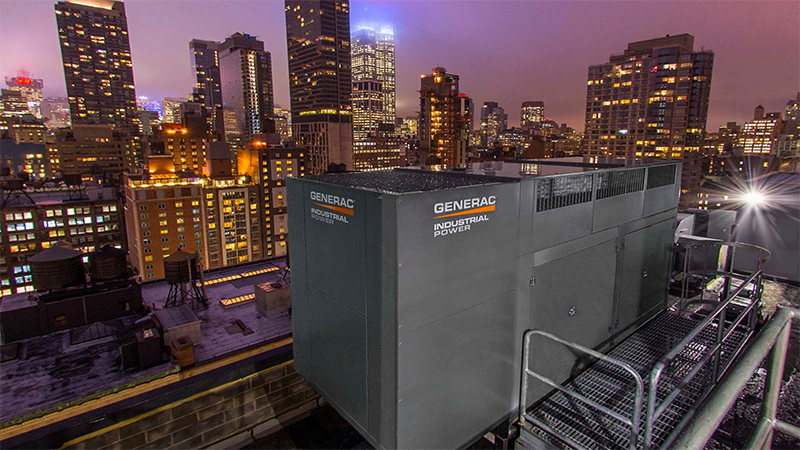

Quieter Options
Gas, natural gas, or liquefied propane generators are quieter than diesel. Generators with a spin speed of 1500 rpm are quieter than those with a 3000 rpm spin speed and water cooled engines are much quieter than air cooled gens. Today’s manufacturers have also begun to produce quieter models through improvements made to internal combustion technology, internal combustion controls and fuel injection. Newer generators also focus more on smooth running engines and vibration reduction. Read here about the differences between diesel and natural gas generators.
Anti-Vibration Mounts
Dampers, rubber, and spring mounts are all different types of anti-vibration mounts. These devices basically insert rubber or springs underneath your equipment to absorb the vibration waves and not transfer them to the harder concrete base. Dampers can be made out of neoprene or rubber and can be made as thick or as thin as needed in order to dampen the specific amount of vibration created by your machine.
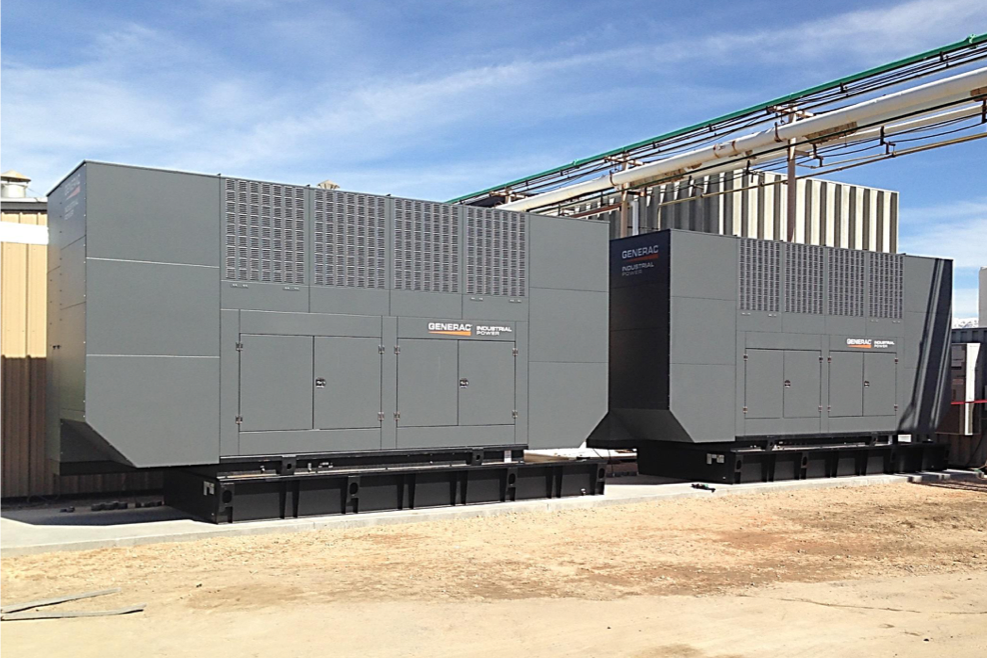

Acoustic Barriers and Insulation
Adding an acoustic barrier or insulation to the area around your generator can reduce sound levels by up to 10dB. Acoustic barriers include concrete walls and generator canopies. You can also install sound absorbing materials like acoustic wall tiles or panels. Of course with any enclosure there is a risk of fumes and exhaust building up and causing health concerns for any humans or animals in the immediate area.
Sound Attenuation Housing
Sound attenuation housings are large enclosures built of steel. They use perforated sheet metal with high-density rock called splitter inside. The perforated sheet metal enables large amounts of air to pass through it while absorbing the sound and reducing the sound wavelengths. Attenuators are built depending on the size of your generator and your particular sound attenuation needs.
Mufflers and Silencers
In general, most generators are equipped with an exhaust muffler. There are two main types of mufflers including chamber type and spiral type. Chamber type mufflers are more effective while spiral type mufflers are more compact.
There are three types of silencers including reactive, absorptive, and combination. Reactive silencers use three chambers to help trap noise and work best for low to mid-range sounds. Absorptive silencers use fiberglass insulation to absorb high-frequency sounds. Combination silencers combine designs of reactive and absorptive silencers to muffle a wide range of sounds. The only downfall to silencers is that they can possibly restrict airflow to some degree and can impact performance. Silencers are broken down into eight categories of noise dampening.
Silencer Grades:
- Industrial (15-20dB)
- Residential (20-25dB)
- Critical (25-32dB)
- Super Critical (30-38dB)
- Hospital (35-42dB)
- Hospital Plus (35-50dB)
- Extreme (40-55dB)
- Super Extreme (45-60dB)
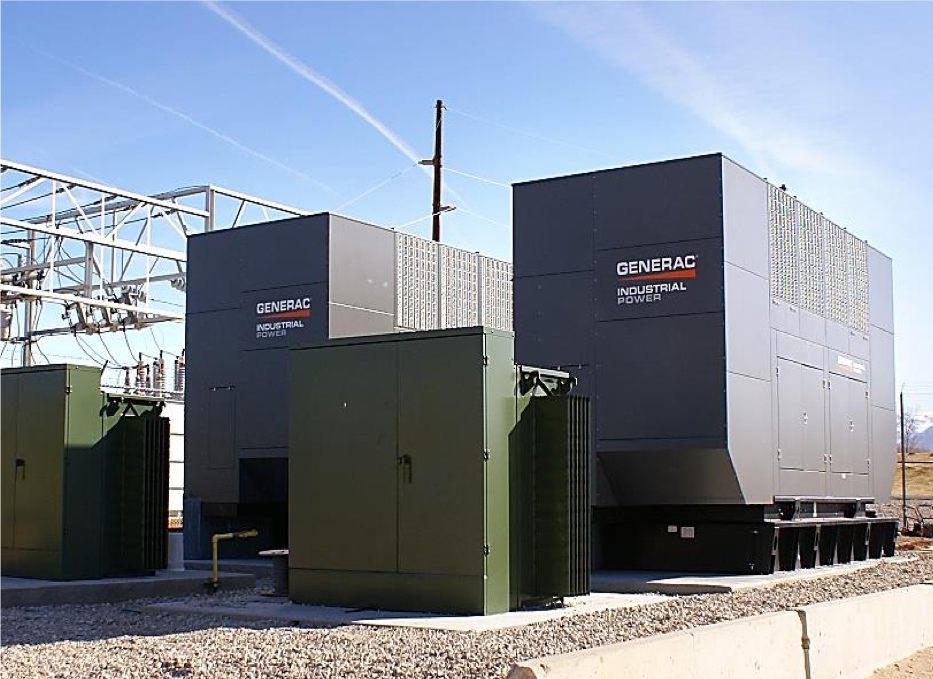

Increase the Distance
Moving your generator farther from areas populated by people seems like a no brainer to help reduce noise. Doubling the distance between you and your generator can lead to a reduction in noise by about 6dB. Moving the generator farther away allows the wavelengths to disperse at a greater distance, which decreases acoustic intensity, reducing the noise significantly.
Seek Professional Expertise
Each type of noise attenuation has its pros and cons and will work better in certain applications. Reaching out to a generator professional is the best way to decide which option will give you the best results.
Are You Having Problems With Your Generator? We Can Help!
Call 800-595-5315 Or Connect With Our Expert Technicians Here:
Other Articles
- Critical Spare Planning
- Where Do I Start On My Generator Installation?
- How can Las Vegas heat lead to generator failures?




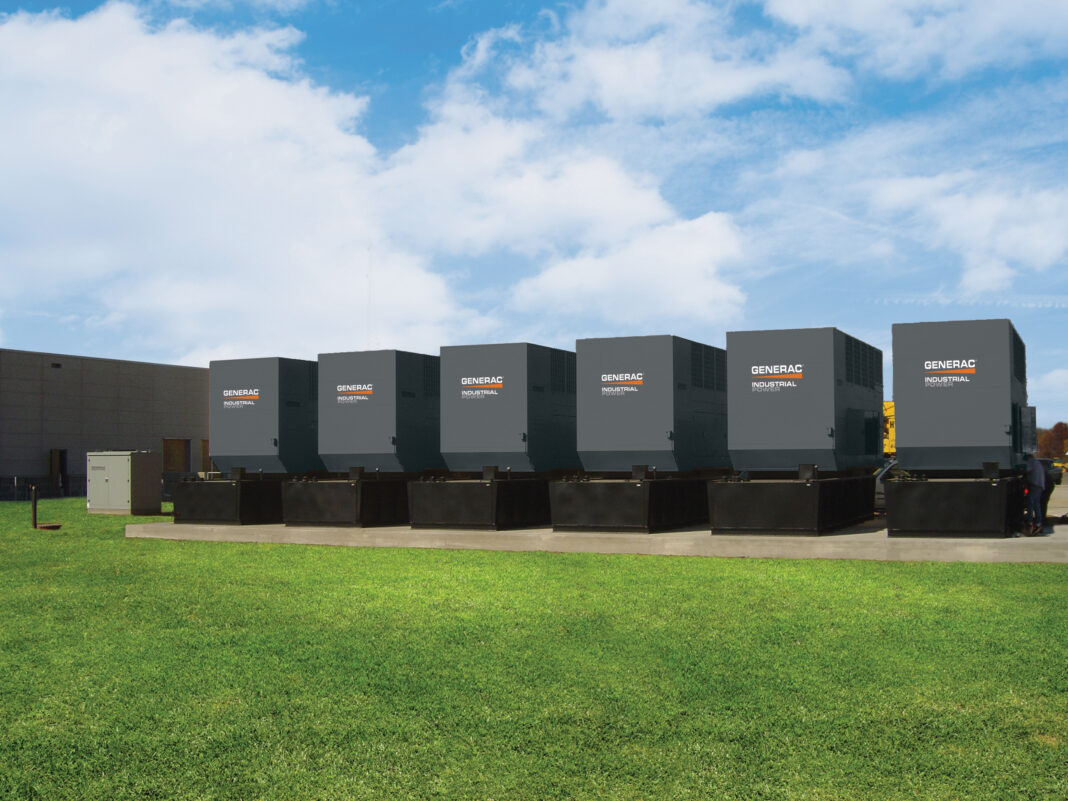
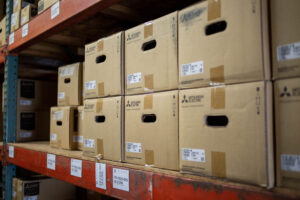
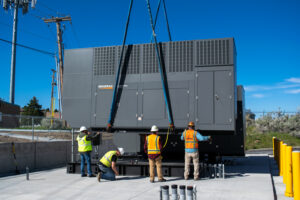


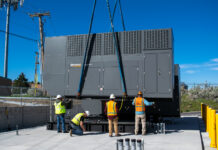

Our client has 24Ton air conditioners which generate noise which to be reduced or cancelled. Do you have a solution for that?